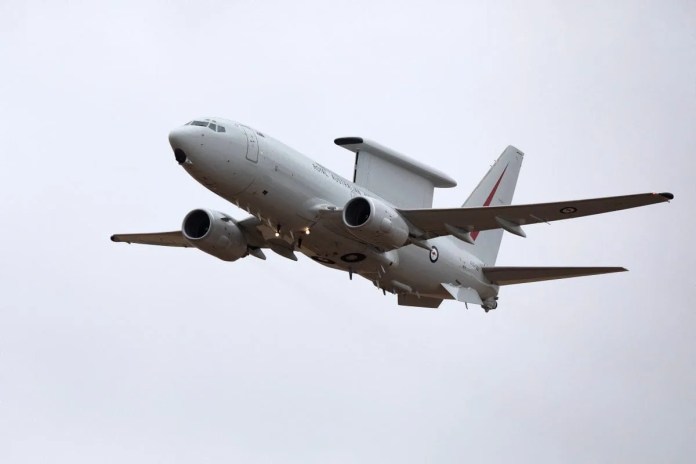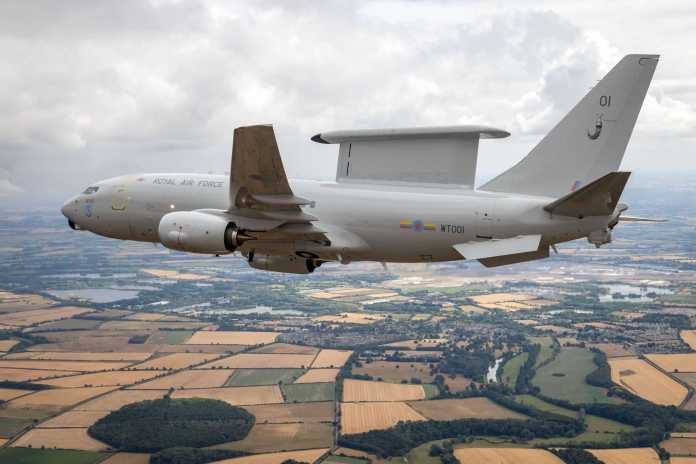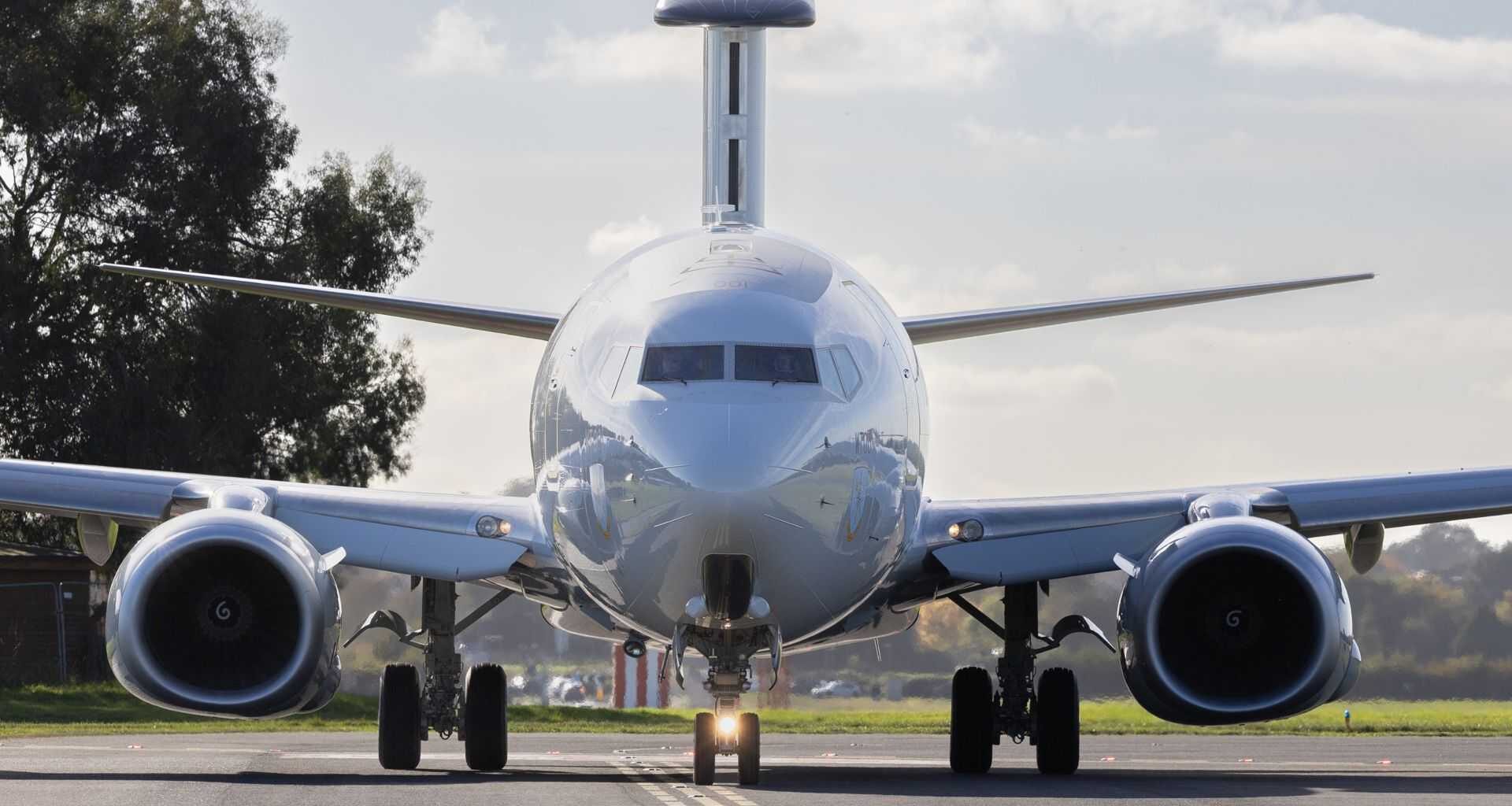Amid the announcement made by the UK Ministry of Defence, Boeing will carry out the construction of two E-7 Wedgetail airborne early warning aircraft for the United States Air Force (USAF) in Birmingham. The contract, valued at around $46 million, marks the return of the UK aerospace industry to the manufacturing of military aircraft for Washington, something that had not occurred in more than half a century.
The E-7 Wedgetail, developed on the Boeing 737 platform, is designed to replace the veteran E-3 Sentry aircraft, based on the Boeing 707, which have been in USAF service for decades and face increasing obsolescence issues. It is an AEW&C (Airborne Early Warning & Control) system capable of detecting aircraft, missiles, and drones at more than 300 miles, while also coordinating air operations in real time. The United Kingdom has already ordered three units for the Royal Air Force, scheduled to enter service in 2026.

It is worth noting that this program has been surrounded by significant controversy. In the FY2026 budget proposal, the Air Force recommended canceling the acquisition of the E-7 Wedgetail, arguing that these aircraft could face challenges operating in contested airspace against adversaries with comparable capabilities. The measure came as a surprise, given that the original plan was to acquire 26 units to fully replace the E-3 AWACS fleet.
The Pentagon’s recommendation sparked immediate pushback in Congress, where different groups are promoting initiatives to block the cancellation. Meanwhile, alternatives are being considered, such as strengthening space-based surveillance systems or even integrating carrier-based platforms like the E-2 Hawkeye. Within this context, the new contract with the United Kingdom emerges as a source of political pressure: it demonstrates that, despite the uncertainty, the E-7 production line remains active and bound by international commitments.

Thus, British participation in the development of two Wedgetails not only represents an industrial milestone after more than fifty years but also ties into a program with an uncertain future for the U.S. Air Force. While London reinforces its cooperation with Washington and its defense industry, in the United States the continuation of the E-7 still hinges on a delicate balance between strategic interests, budgetary debates, and the pursuit of new technological solutions.
Images used for illustrative purposes.
You may also like: Germany and the United Kingdom prepare to receive, for the first time, F-15J fighters from the Japan Air Self-Defense Force

